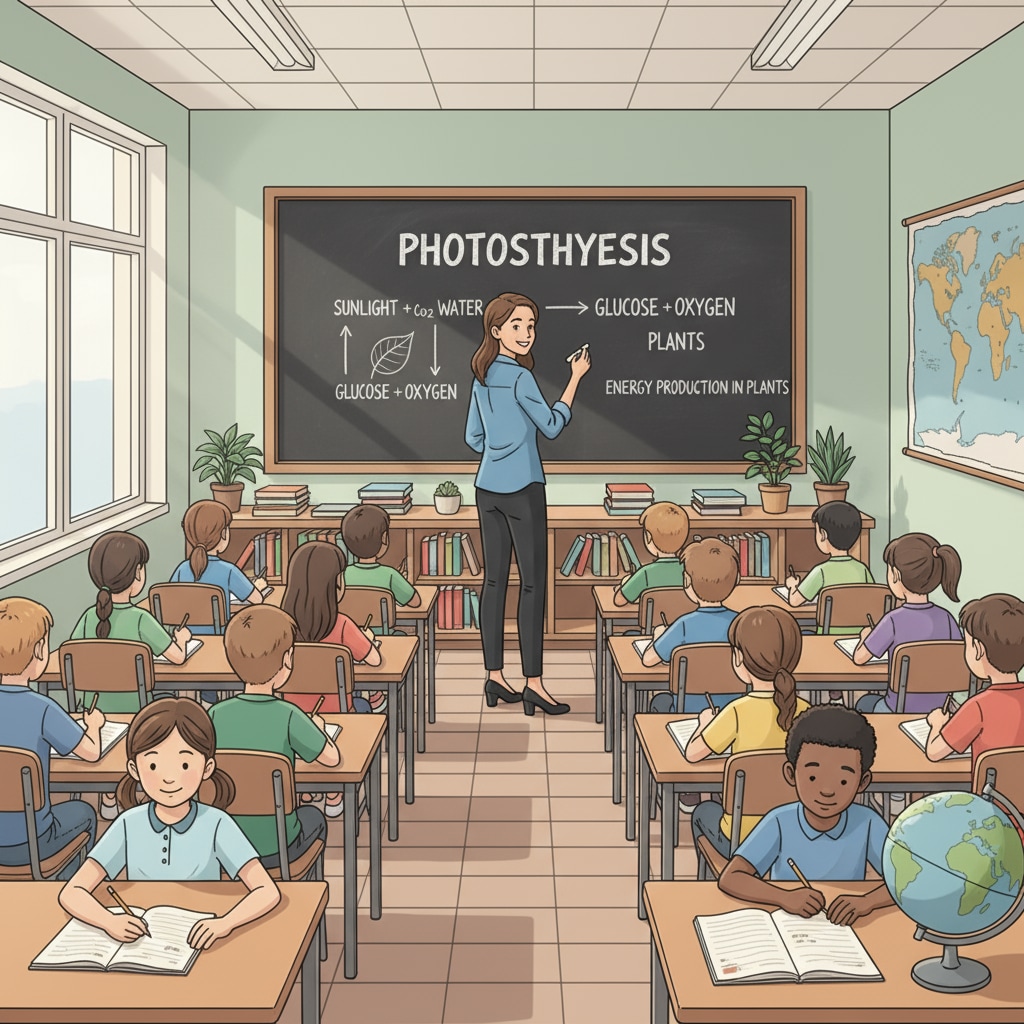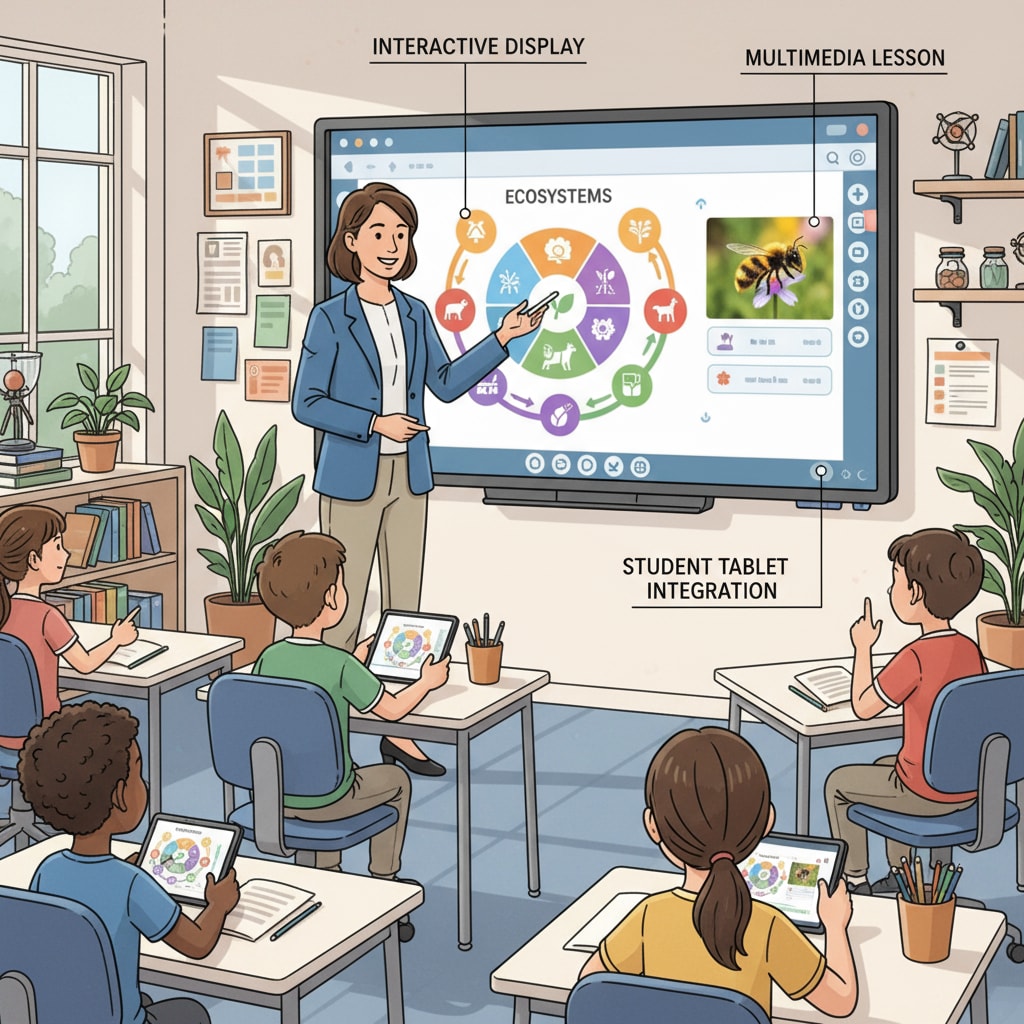In the dynamic landscape of education, the choice between traditional and modern teaching methods and tools has become a crucial consideration for educators. The ongoing evolution of educational technology has presented teachers with a wide array of options, each with its own set of advantages and challenges. This article delves into the pros and cons of both traditional and modern approaches, offering insights into how to achieve an effective balance in the classroom.

The Allure of Traditional Teaching Methods
Traditional teaching methods have long been the cornerstone of education. These methods, such as lectures, textbooks, and face-to-face discussions, offer several benefits. For example, lectures provide a structured way to convey information, allowing teachers to present complex ideas in a systematic manner. Textbooks, on the other hand, serve as reliable sources of knowledge, offering in-depth content and exercises for students to reinforce their learning. According to Wikipedia’s entry on traditional education, traditional teaching often emphasizes rote memorization and repetition, which can be effective for building a solid foundation in certain subjects.

The Rise of Modern Teaching Tools
In recent years, modern teaching tools have revolutionized the educational landscape. Tools like interactive whiteboards, educational apps, and online learning platforms have transformed the way students learn. Interactive whiteboards enable teachers to display multimedia content, making lessons more engaging and interactive. Educational apps, such as language learning apps and math games, provide students with personalized learning experiences, allowing them to learn at their own pace. As stated in Britannica’s article on educational technology, these modern tools have the potential to enhance student motivation and participation.
However, modern teaching tools also come with their own set of challenges. For instance, the cost of implementing some technologies can be high, and not all schools or students may have equal access. Additionally, the reliance on technology may lead to a decrease in face-to-face interaction, which is an important aspect of the learning process.
Finding the Right Balance
To achieve the best educational outcomes, it’s essential to blend traditional and modern teaching methods and tools. Teachers can start by identifying the strengths of each approach and incorporating them into their lesson plans. For example, a teacher could use a lecture to introduce a new topic and then follow it up with an interactive activity using an educational app. This way, students can benefit from the structured knowledge transfer of the lecture and the hands-on learning experience of the app.
In addition, educators should consider the needs and learning styles of their students. Some students may thrive in a traditional classroom setting, while others may prefer the flexibility and interactivity of modern tools. By understanding their students, teachers can tailor their teaching methods to meet individual needs.
Readability guidance: This article has used short paragraphs to present information clearly. Each section has focused on key aspects of traditional and modern teaching. Transition words like ‘however’ and ‘for example’ have been used to enhance the flow. The passive语态 has been minimized, and the use of lists and clear headings helps in better comprehension.


